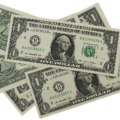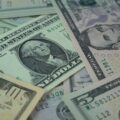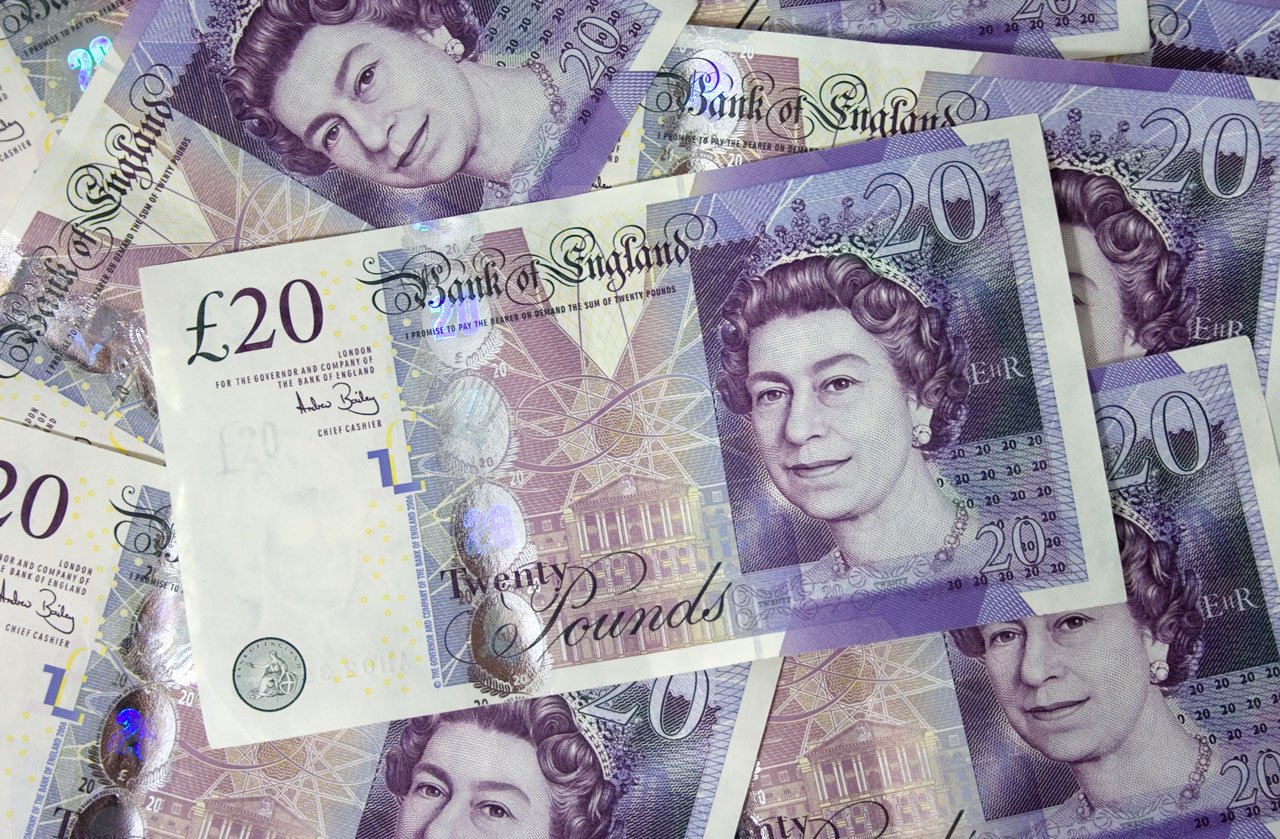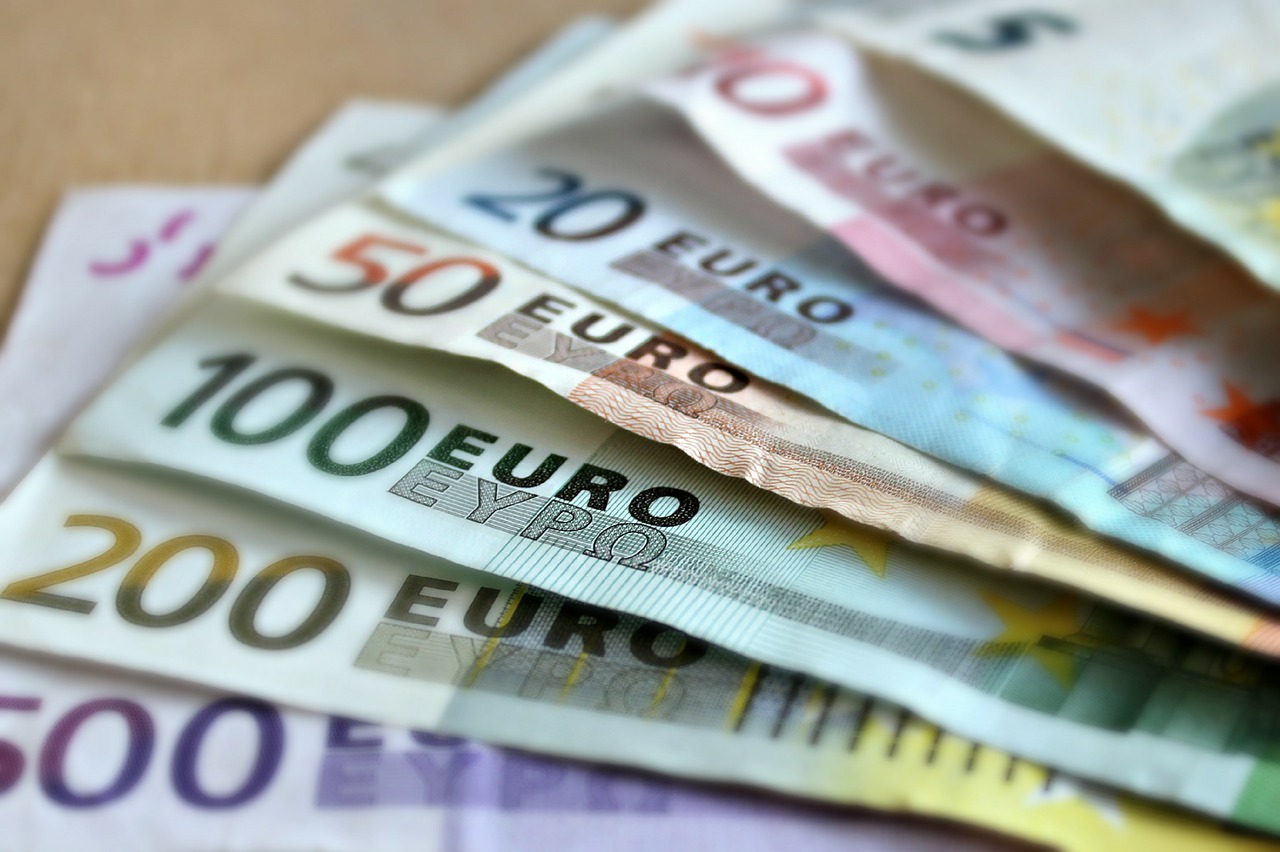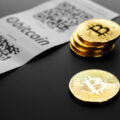Dollar Extends Losses, While Euro Rallies

On Thursday, the US dollar fell to two-month lows after US inflation in December turned out to be weaker than expected, which prompted investors to cut crowded long positions in the greenback. The move appeared to benefit the euro, as it climbed 0.3% for the day to reach $1.1479, while the yen and sterling also saw their gains increase. On Wednesday, the monthly inflation figures for the US in the month of December were published and they were only a fraction higher than the forecast. Meanwhile, a 7% year-on-year increase in consumer price inflation was expected, which is the biggest increase since June 1982.
Nonetheless, traders don’t think that these new inflation numbers will change the stance of an already hawkish Federal Reserve by much. Markets have already priced in about three hikes in the interest rates this year and this pushed investors into paring bets on further gains in the US dollar. The US index, measuring the US dollar against a basket of major currencies, declined further by 0.2% to reach 94.782. Market analysts said that the scale of the greenback’s sell-off would be indicative of positioning. They said that a significant amount of Fed tightening had already been priced in for next year.
Therefore, expectations for hikes in the longer-term were comparatively low and this was keeping the US dollar in check. Analysts said that investors were already prepared for the end of the quantitative easing, hiking of the interest rate at least four times and beginning of quantitative tightening. As they are expecting all of this to happen within 9 months, it would limit the possibility of any further hikes occurring. As a matter of fact, investors believe that peak Fed funds would come in below 2%. Elsewhere, the British pound had been rallying with traders reckoning that the economy would be able to survive an increase in COVID-19 cases.
There are also expectations that the Bank of England would soon start hiking interest rates from next month. This pushed up Sterling’s value by 0.2% to reach $1.3738. After its December lows, the currency has climbed by more than 4%. So far, traders have managed to shrug off the political crisis surrounding Prime Minister Boris Johnson, who issued an apology for attending a party during a coronavirus lockdown in the Downing Street garden. New Zealand’s central bank has already begun increasing interest rates and the New Zealand dollar gained 0.4% to reach $0.6876, which is its strongest value since November.
The risk-sensitive Australian dollar, which tends to perform well during times of positive market sentiment, also added 0.3% to reach $0.7305. There has been a rally of almost 3.5% in the Canadian dollar in three weeks, thanks to a rise in oil prices, as investors chose to look past the potential economic impact of the Omicron variant. Market strategists said that the US dollar does not need to increase just because the Fed is ready for a tightening cycle. They indicated that as the world economy recovers, the dollar is likely to go down.


